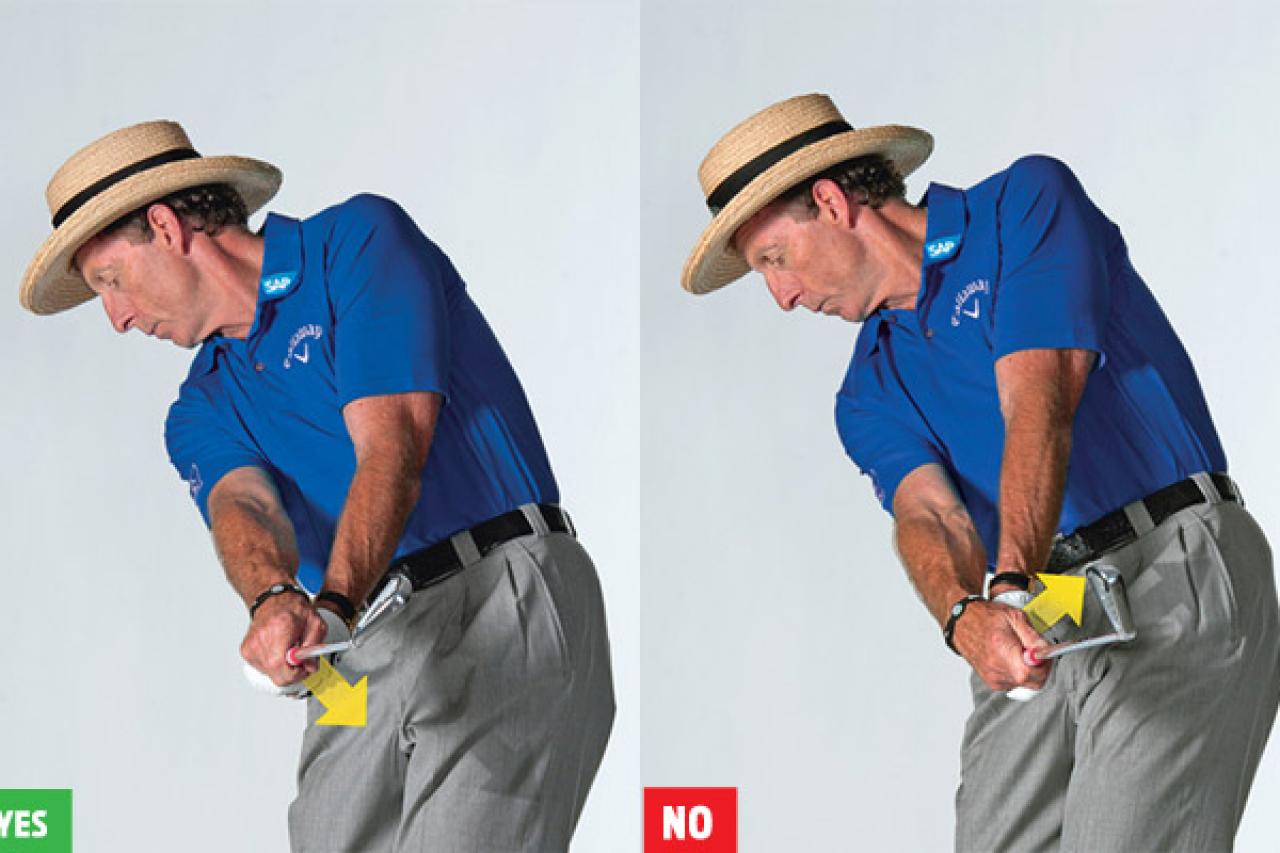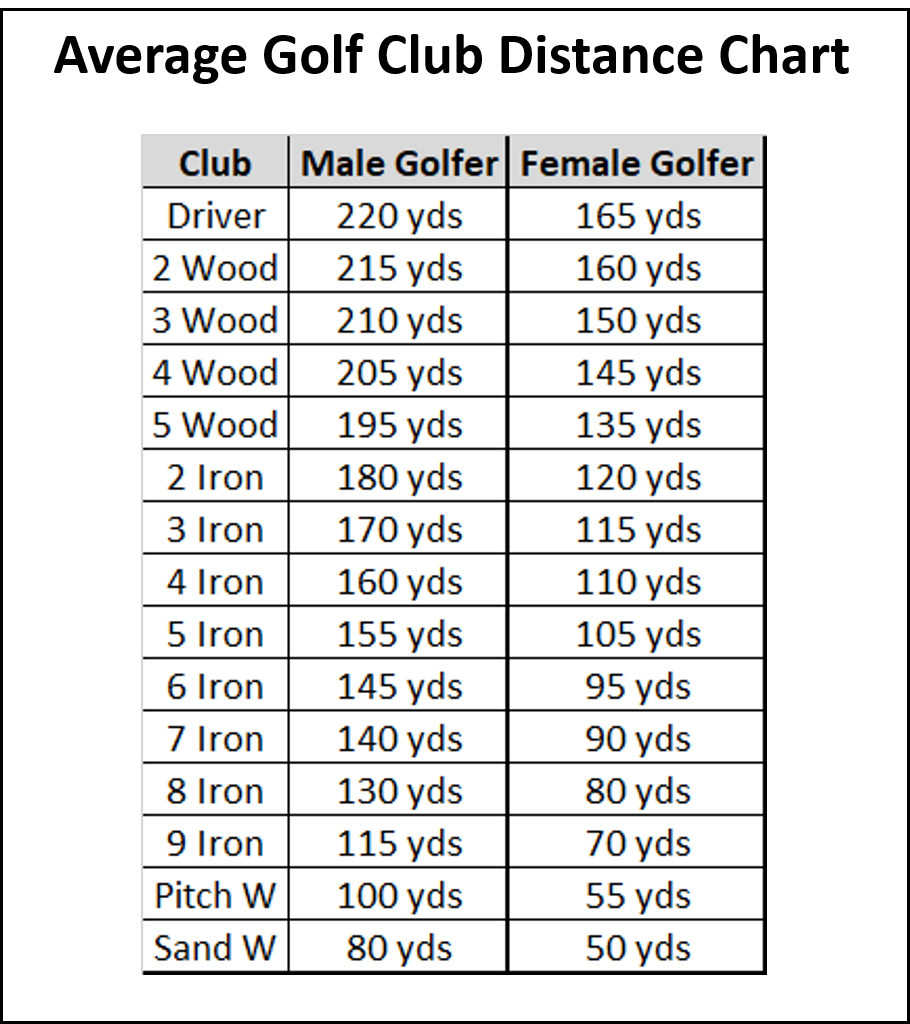
Golf swings have several key components that must be considered. Your left arm must be straight and smooth, and your movement should follow an arc towards the ball. If you can fold your right arm behind your back, you can get a feel for the swinging motion of your left arm. Remember that your left hand should not rotate or roll as it passes through the bottom portion of the arc.
Lessons learned
The game of golf is not intuitive; every player must learn how to swing a golf club properly. Even the best pros in golf started as beginners and needed instruction. Learning golf swing lessons can help improve your game, and identify the root causes of plateauing. Golf lessons can not only improve your game but also help you save money on gear.
The angle of attack, direction of the clubface and wrist angle all affect how you swing the golf ball. These factors can all affect the flight and direction of the golf ball. The average time it takes to backswing on the PGA Tour was 0.75 seconds.
Techniques used
Technique is an important aspect when playing golf. This is the most talked about aspect of the game and 99% of golf swing tutorials focus on it. If a player has a 75% consistent score, they will use different techniques than those with lower scores. It's also beneficial to include pre and/or post shot routines into your golf swing routines. This will ensure that they start each shot in a consistent mental and physical state. This consistency will make golf swings more natural.

Swing motion is critical and can be the difference between success or failure. The swing motion must be executed with the right timing, as any deviation can affect the result of the shot. Incorrect timing can lead inaccuracies and inpower, which could cause an inaccurate swing.
Body movement involved in golf swing
Golf swings require a variety of body movements. The swing begins with the rotation of the hips, knees, and hips. The arms and shoulders are next. This movement also involves the wrist joints. This creates torque around your spine which is then transferred onto the golf clubhead.
The downswing phase follows the swing. During this phase, the golfer's weight shifts to the left foot and moves the pelvis toward the intended target line. This motion is part a kinetic chain which generates counterclockwise force in the lower body. This torque, along with additional energy, is transferred to your torso.
Recovering from a backswing lag
You can get lag in your backswing while playing golf. There are many ways to do this. Start the backswing by keeping your arms and legs bent at the perfect angle. This allows for a wider swing, which improves your speed. You should also avoid bending your left hand too soon. This will decrease the amount of lag. Finally, ensure you finish your backswing.
One of the most common causes of lag for golfers is casting. Casting is one of the most common problems in golf. When the right hand presses against the club shaft too hard, it reduces the angle and causes the club to enter the hitting zone straight. By giving your hands a break during your upswing and using proper hinges, you can eliminate this technique. You can also get training aids from a professional golfer to eliminate casting.

Maintaining a consistent position at impact
Maintaining a consistent position at impact is vital for achieving maximum distance and control while playing golf. You can practice keeping the club at a consistent angle while swinging. This will help you hit the ball consistently. This will improve your accuracy.
How you position yourself at the top in the backswing can determine the position of your club face at impact. This is the most important part your swing path. The best players are able to maintain a consistent angle at the impact point and have an open face as the club returns.
FAQ
How often should you play golf?
It depends on the amount of time you have. Most recommend two practice sessions per week.
If you are serious about becoming an expert golfer, you should aim to play four times per week.
What type of clothing should i wear on the course
When playing golf, you need to dress appropriately. You should wear:
-
Shoes that fit comfortably - Your feet should be snugly supported by the shoes you choose. They should offer support and stability.
-
You can choose between light-weight trousers or shorts. Shorts should be able to cover your knees as well as your thighs. Trousers must be long enough for you to bend easily.
-
A long-sleeved shirt is recommended. This shirt should provide protection from the sun. It should provide good ventilation.
-
Shorts or sweatpants - Pants should not be tight and uncomfortable. They should allow you freedom of movement.
-
Socks – Wear socks that feel comfortable and soft.
-
Hat – Make sure you choose a hat that fits comfortably. It should cover both your ears and neck.
-
Sunscreen lotion before you head out on the golf course
What kind of clubs should I use?
There are many types of clubs. The driver is the most common type of club. This allows players to hit more balls. Woods, wedges and wedges are all options.
Woods are longer clubs designed to allow players to get close to the pin while still being able to reach the green. They are typically used for long drives and approaches.
Irons are shorter clubs designed to assist players in hitting the ball closer to pin. They are commonly used for chipping or putting.
Wedges are specialized clubs that are used to control the flight path of the ball. They are normally used for shots requiring precise direction.
Putters can be described as small clubs that are used to kick the ball towards the cup. Players use them to make short putts.
The type of shot that you are looking to make will determine the type of club you choose. Different types of shots work better in different clubs.
Drivers can help you hit the ball further than expected. Wooden are great for driving the ball over long distances. Irons are excellent for short shots. You can control the flight of your ball with your wedges. Putters are ideal for rolling the ball into holes.
How can I practice my golf swing properly?
Practice makes perfect! Any sport needs practice. You must practice if you want to improve your game. Practice until you are comfortable with the basics.
Practice using both hands. Try taking short shots first. Then you can move on to longer drives. Finally, practice chipping/putting.
Is golfing dangerous?
Even though golf is not considered dangerous, it can inflict injury. If you are swinging a club, for example, your arm might be broken.
However, most injuries result from falling off your golf cart.
What is a good golf swing?
The key to a successful golf swing is balance. Balance means being steady and balanced throughout the entire movement of the body. Balance is about having strong arms and relaxed hands when you are swinging the club. Your shoulders should be straight to the target line.
Keep your head down during the backswing. Follow through. Swing gracefully and avoid jerking the wrists. When hitting the ball, don't use force. Instead, focus on smooth, fluid movements.
Statistics
- They do this by means of assessing and rating courses according to the average good score of a "bogey golfer," a player with a handicap of around 20. (en.wikipedia.org)
- Professional golfers typically make between 60% and 70% of greens in regulation. (en.wikipedia.org)
- He shanked the first attempt, but it is estimated his second went more than 200 yards (180 m).[52]Golf courses worldwide. Below are the top 20 countries with the most golf courses as of 2019.[53]CountryNumber of (en.wikipedia.org)
- They do this by means of assessing and rating courses according to the average good score of a "bogey golfer," a player with a handicap of around 20. (en.wikipedia.org)
External Links
How To
How to hit the perfect Bunker Shot
A bunker shot is a type golf shot that you aim at a certain spot on the hole (the green) to ensure your ball does not bounce off the surface. This is done by taking advantage if the green slopes. This will ensure the ball is directed towards the hole in the best possible way.
When playing golf, you want to find the best line to reach your target point. You have to consider several factors such as how much distance away you are from the target, what kind of terrain you're hitting through, whether the ball needs to bounce off the ground or fly straight, and even weather conditions.
It is important to understand the fundamentals of bunker shooting in order for you to achieve perfect results. First, you should determine if you are going uphill or downhill. If you are looking uphill, a drawing board is necessary. If you are looking downhill, swing with a fade. Next, you'll need to figure out how fast you need to move your body in order to stop the ball from bouncing off the green. This can be done by measuring the angle between your ball and the direction in which you are traveling. The final step is to measure the size of your bunker.
These are the basics of swinging. The ball should travel as far as possible past the clubhead, while you must swing slowly enough to keep it from hitting the green. Once you've established the best speed and trajectory, it is time to start your approach. Slowly approach your ball until you're close enough to the landing area. Before you release the ball, take a final look at it. If all goes according plan, you will be able to make a perfect bunker shot.